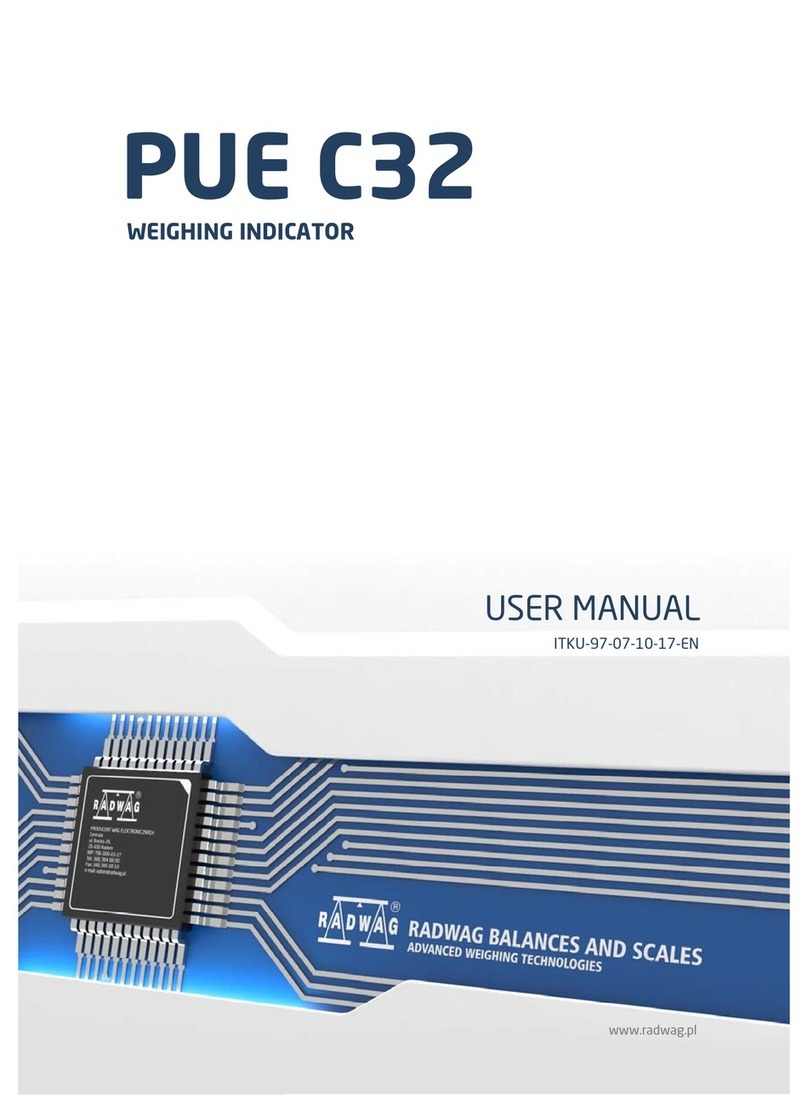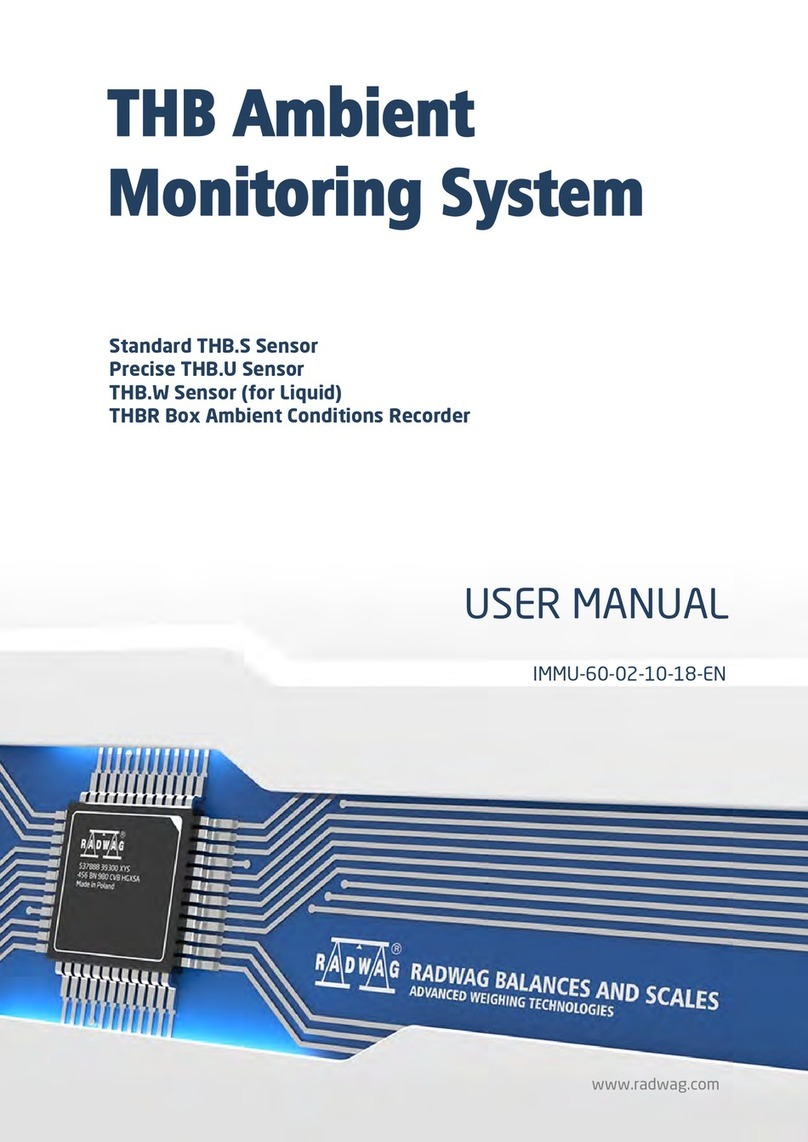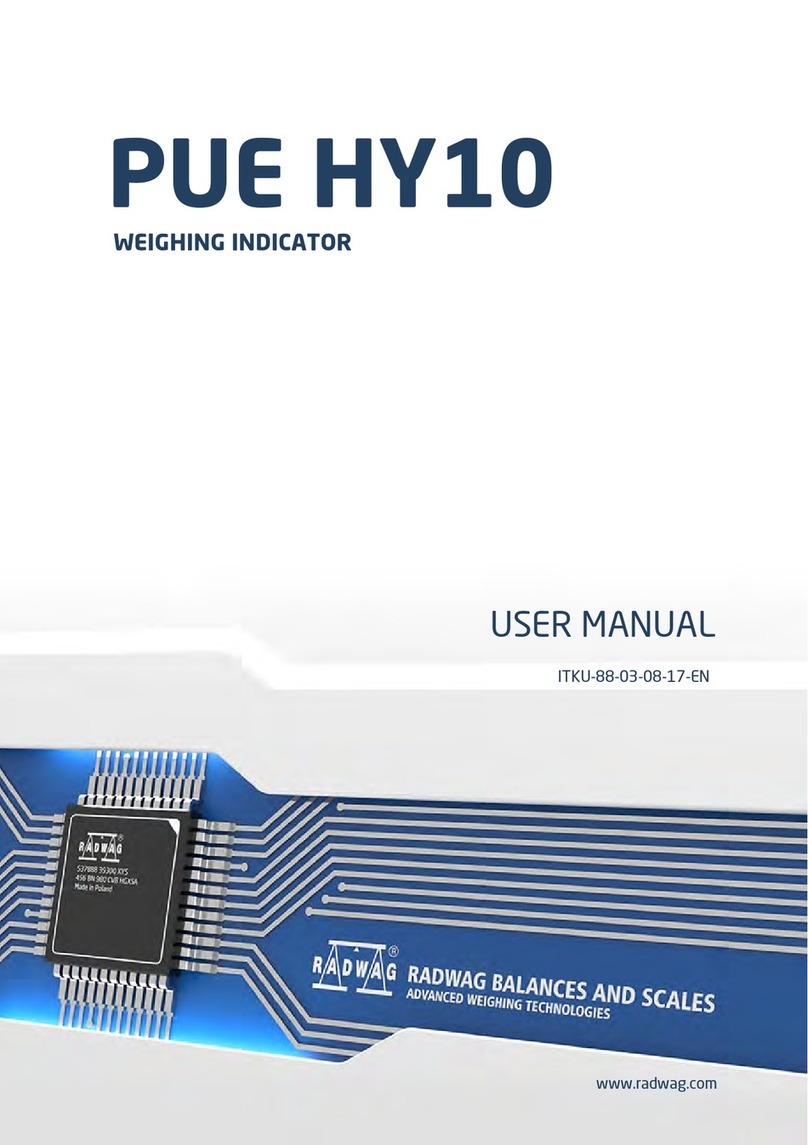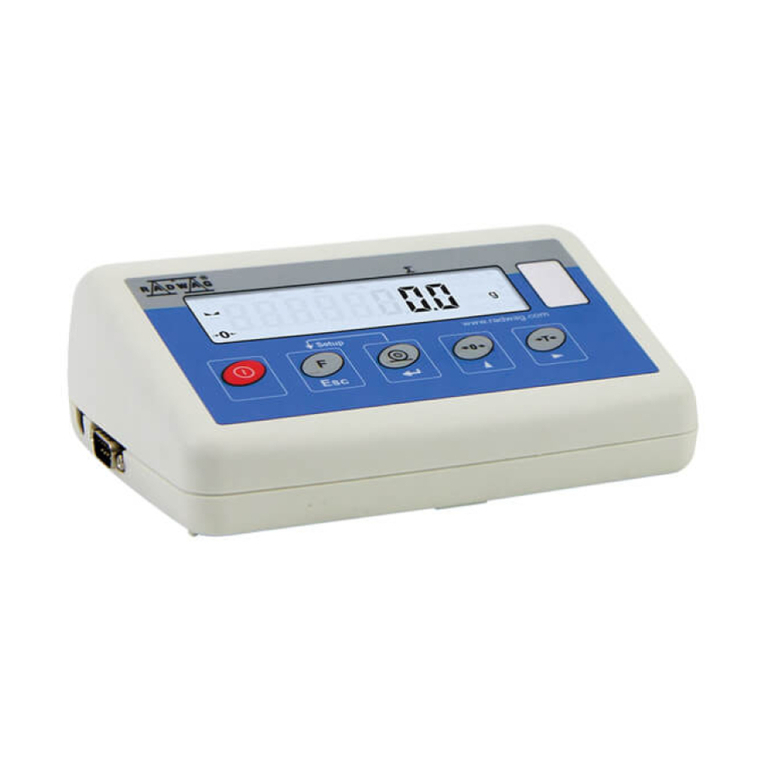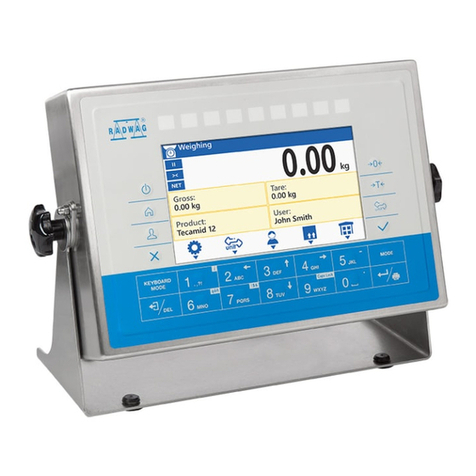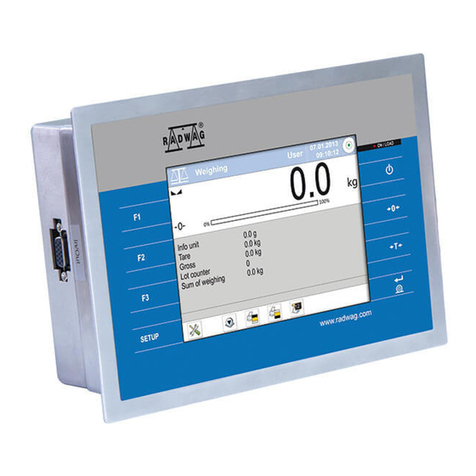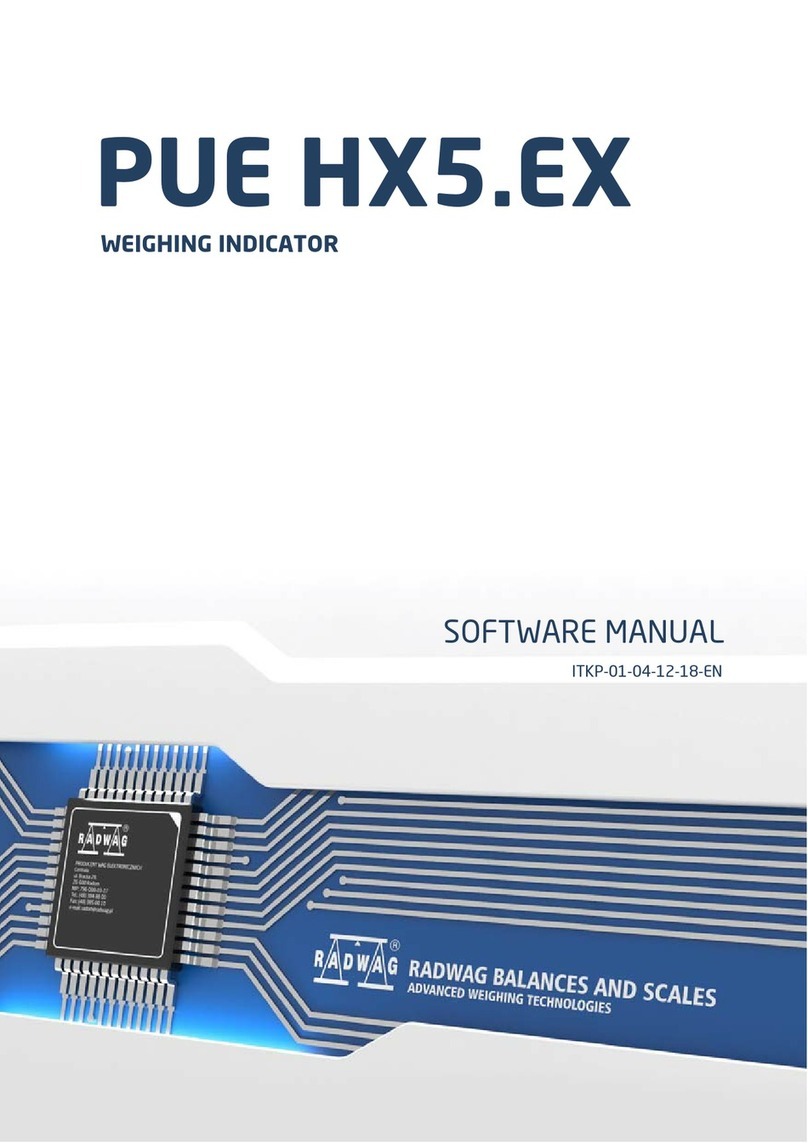
CONTENTS
1. INTENDED USE .................................................................................................................................................5
2. WARRANTY CONDITIONS ...............................................................................................................................5
3. MAINTENANCE ACTIVITIES ............................................................................................................................6
3.1. Cleaning Stainless Steel Components........................................................................................................6
3.2. Cleaning ABS Components.........................................................................................................................6
4. DESIGN ..............................................................................................................................................................6
4.1. Dimensions..................................................................................................................................................6
4.2. Connectors Arrangement ............................................................................................................................7
4.3. Pins Arrangement........................................................................................................................................7
4.4. Operation panel...........................................................................................................................................8
4.5. Technical specifications...............................................................................................................................9
5. INDICATOR INSTALLATION ............................................................................................................................9
5.1. Unpacking and Installation ..........................................................................................................................9
5.2. Start-Up .....................................................................................................................................................10
5.3. Battery Charge Status...............................................................................................................................10
5.4. Battery Charge Status Check....................................................................................................................10
6. OPERATING THE MENU.................................................................................................................................11
6.1. Return to the Weighing Mode....................................................................................................................11
7. INSTALLER INSTRUCTION............................................................................................................................11
7.1. Connecting 6-Wire Load Cell ....................................................................................................................11
7.2. Connecting 4-Wire Load Cell ....................................................................................................................12
7.3. Connecting Load Cell’s Cable Shield ........................................................................................................13
8. FACTORY SETUP............................................................................................................................................14
8.1. Access .......................................................................................................................................................14
8.2. Factory Parameters List ............................................................................................................................15
8.3. Device Defining .........................................................................................................................................17
8.4. Factory Adjustment....................................................................................................................................18
8.4.1. External Adjustment Process .........................................................................................................18
8.4.2. Start Mass Determination...............................................................................................................18
8.4.3. Correction of Start Mass Expressed in Converter's Divisions .......................................................19
8.5. Linearity Correction ...................................................................................................................................19
8.5.1. Entering Linearity Correction Points...............................................................................................19
8.5.2. Corrections .....................................................................................................................................20
8.5.3. Deleting Linearity............................................................................................................................20
8.6. Gravitational Coefficient ............................................................................................................................20
9. OPTIONAL EXTENSION MODULES ..............................................................................................................21
9.1. Input/Output Module..................................................................................................................................21
9.1.1. Technical Specifications.................................................................................................................21
9.1.2. I/O Schematic Diagrams ................................................................................................................22
9.1.3. Input / Output Signals Overview.....................................................................................................22
9.2. 4-20mA Module .........................................................................................................................................23
9.2.1. Technical Specifications.................................................................................................................23
9.2.2. Wiring Diagrams of 4-20mA Module ..............................................................................................24
9.3. RS485 Module...........................................................................................................................................24
9.3.1. RS485 signals description..............................................................................................................24
9.4. Ethernet Module ........................................................................................................................................25
9.4.1. Ethernet Pins..................................................................................................................................25
9.5. Additional Modules Arrangement..............................................................................................................25
10. DIAGRAMS OF CONNECTION CABLES.....................................................................................................26

